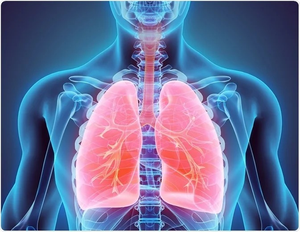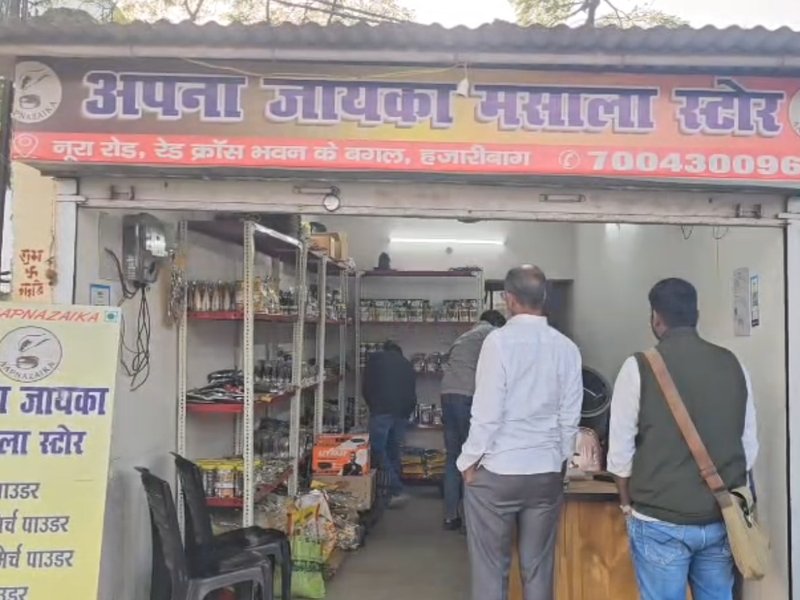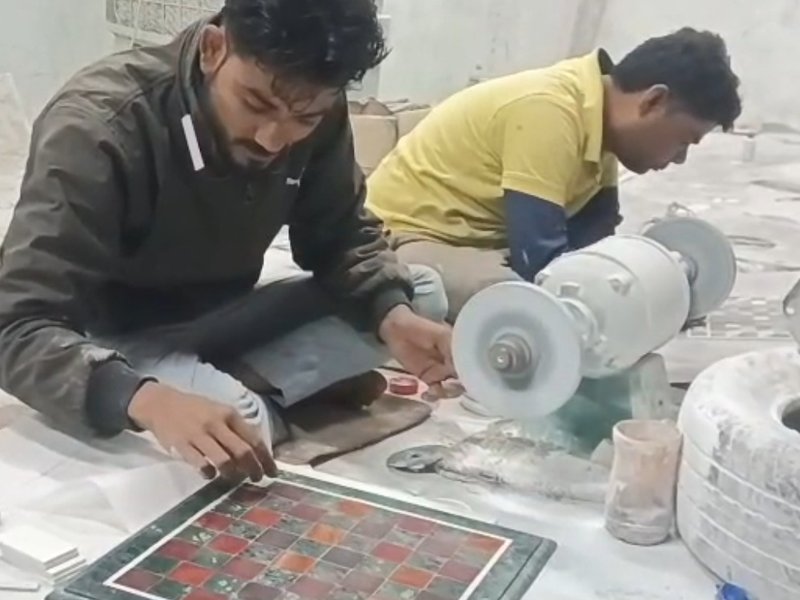New Delhi, April 8 (IANS) UK researchers have found that one in 3,000 people could be carrying a defective gene that significantly raises their risk of having a punctured lung.
Punctured lung -- known as pneumothorax -- is caused by an air leak in the lung, resulting in painful lung deflation and shortness of breath.
In a study, encompassing more than 550,000 people, researchers from the University of Cambridge discovered that between one in 2,710 and one in 4,190 individuals carry a particular variant of gene FLCN that raises the risk of Birt-Hogg-Dube syndrome.
Birt-Hogg-Dube syndrome is a rare, inherited disorder characterised by benign skin tumours, lung cysts, and an increased risk of kidney cancer. However, not every case of punctured lung is caused by a fault in the FLCN gene.
The study, published in the journal Thorax, showed that patients with a diagnosis of Birt-Hogg-Dube syndrome showed a lifetime risk of punctured lung of 37 per cent. However, in the wider cohort of carriers of the genetic mutation in FLCN gene, this was lower at 28 per cent.
More strikingly, while patients with Birt-Hogg-Dube syndrome have 32 per cent of developing kidney cancer, in the wider cohort this was only 1 per cent.
Professor Marciniak, a researcher at the University of Cambridge said he was surprised to discover that the risk of kidney cancer was so much lower in carriers of the faulty FLCN gene who have not been diagnosed with Birt-Hogg-Dube syndrome. This signals that the faulty FLCN gene may not be alone behind the disorder.
"There's clearly something else going on,” he added.
The study showed that about one in 200 tall, thin young men in their teenage or early twenties will experience a punctured lung. For many, the condition will resolve itself, or doctors will remove air or fluid from their lungs while treating the individual as an outpatient.
If an individual experiences a punctured lung and doesn't fit the common characteristics -- for example, if they are in their forties -- doctors will look for tell-tale cysts in the lower lungs, visible on an MRI scan. If these are present, then the individual is likely to have Birt-Hogg-Dube syndrome, the researchers explained.
"If an individual has Birt-Hogg-Dube syndrome, then it's very important that we're able to diagnose it, because they and their family members may also be at risk of kidney cancer,” Professor Marciniak said.
"The good news is that the punctured lung usually happens 10 to 20 years before the individual shows symptoms of kidney cancer, so we can keep an eye on them, screen them every year, and if we see the tumour it should still be early enough to cure it," he noted
--IANS
rvt/












